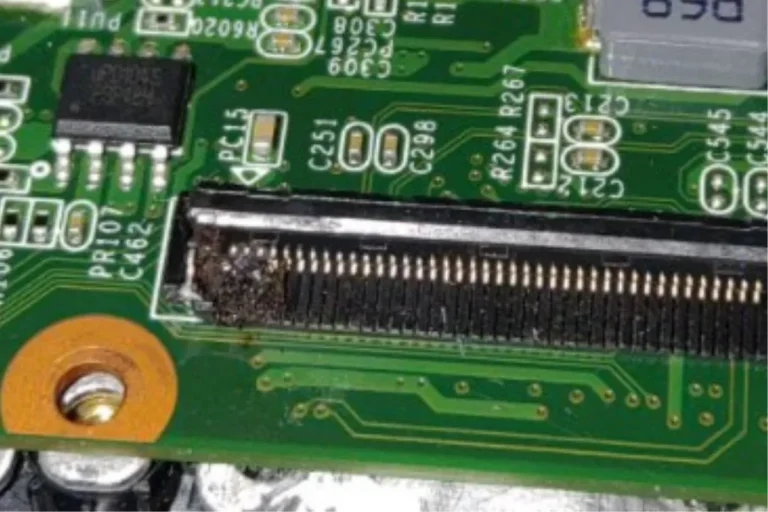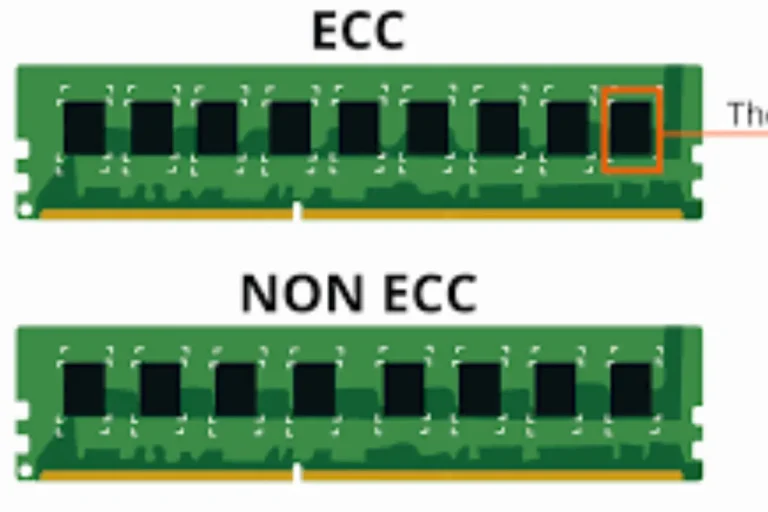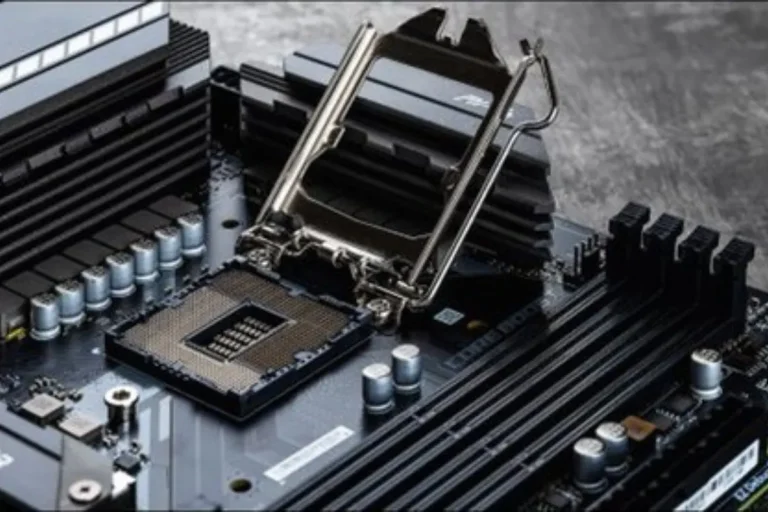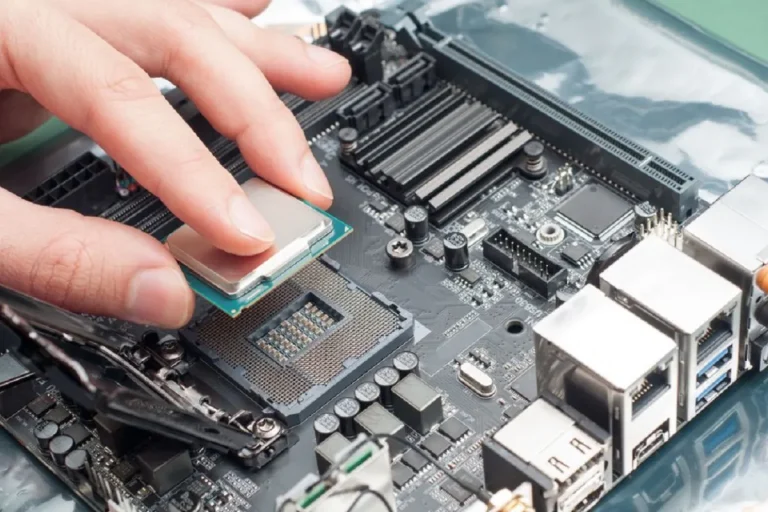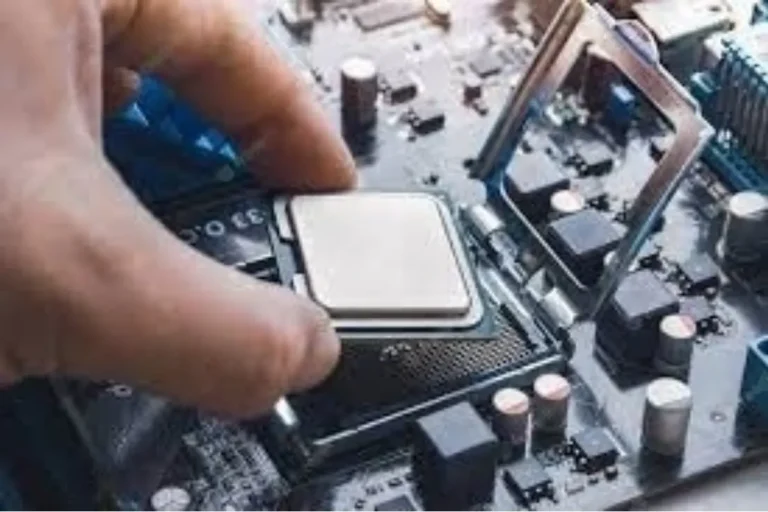Can a DDR4 Motherboard Run a GDDR6 Graphics Card?
Can a DDR4 motherboard run a GDDR6 graphics card? It’s a common question among computer enthusiasts and gamers looking to upgrade their systems. In this blog, we’ll dive into the world of memory technology and explore the compatibility between DDR4 motherboards and GDDR6 graphics cards.
The Role of the Motherboard
The motherboard is like the central nervous system of a computer system, connecting all the crucial components together. It plays a vital role in ensuring smooth communication and coordination between various hardware components, including the graphics card.
When it comes to graphics cards, the motherboard acts as a bridge, facilitating the connection between the graphics card and other essential components like the CPU and memory. It provides a physical slot, usually a PCIe slot, where the graphics card is inserted.
The motherboard also houses the necessary circuits and connectors that allow the graphics card to communicate with the rest of the system. This communication is crucial for tasks like rendering graphics, processing video, and handling complex visual calculations.
One significant aspect of this interaction is memory compatibility. The graphics card relies on the system’s memory, including the RAM, to store and access data quickly. The motherboard ensures that the graphics card can access the system memory efficiently and at the required speed.
Memory compatibility is crucial because it determines the performance and stability of the graphics card. If the motherboard’s memory technology, such as DDR4, is not compatible with the graphics card’s memory technology, like GDDR6, it can lead to compatibility issues and potential performance bottlenecks.
Therefore, when considering a GDDR6 graphics card for your system, it’s essential to check if your DDR4 motherboard supports it. Ensuring memory compatibility between the motherboard and graphics card is key to unlocking the full potential of your system’s graphical capabilities.
Compatibility Between DDR4 Motherboards and GDDR6 Graphics Cards
When it comes to pairing a GDDR6 graphics card with a DDR4 motherboard, there can be potential issues and limitations that users need to be aware of. Let’s take a closer look at these factors and their impact on system performance.
One of the primary concerns is the memory bandwidth mismatch between DDR4 and GDR6. DDR4 memory, typically found on motherboards, is optimized for CPU operations and has lower bandwidth compared to GDDR6 memory, which is specifically designed for graphics processing.
This mismatch in memory bandwidth can result in a performance bottleneck when using a GDDR6 graphics card with a DDR4 motherboard. While the graphics card itself may be capable of delivering high-performance visuals, the limited memory bandwidth of the motherboard can restrict its full potential.
As a result, users may experience lower frame rates, slower data transfer rates, and overall reduced graphical performance. This limitation can be particularly noticeable in graphics-intensive tasks such as gaming, video editing, and 3D rendering.
It’s important to note that while a DDR4 motherboard may physically support a GDDR6 graphics card, memory compatibility is a crucial factor that determines the overall performance and compatibility of the system.
In the next section, we will explore potential workarounds and solutions to overcome these compatibility issues, enabling users to optimize their system’s performance when using a GDDR6 graphics card with a DDR4 motherboard.
Workarounds and Solutions
If you find yourself facing compatibility issues when trying to use a GDDR6 graphics card with a DDR4 motherboard, fret not! There are several workarounds and solutions that can help you optimize your system’s performance. Let’s explore some of these options.
One potential solution is to update your motherboard’s BIOS (Basic Input/Output System) to the latest version. BIOS updates often include improvements and bug fixes that can enhance compatibility with newer hardware, including GDDR6 graphics cards.
Check your motherboard manufacturer’s website for any available BIOS updates and follow their instructions to ensure a smooth update process. Another alternative is to consider using external memory modules, such as an external graphics card enclosure.
These enclosures connect to your system via high-speed interfaces like Thunderbolt or USB-C, allowing you to bypass the limitations of the motherboard’s memory bandwidth.
While this solution may add some additional cost and complexity, it can provide a viable workaround for improving compatibility and performance. Additionally, you can also consider optimizing your system by adjusting graphics settings and resolutions in software.
Frequently asked questions
1. Will DDR5 memory be compatible with existing DDR4 motherboards?
DDR5 memory will require a new generation of motherboards that are specifically designed to support this technology. Upgrading to a compatible platform will be necessary to take advantage of DDR5 memory’s improved performance and features.
2. What advancements can we expect in motherboard and graphics card compatibility?
In the future, we can anticipate advancements such as increased memory bandwidth support on motherboards, improved communication protocols between motherboards and graphics cards, and enhanced compatibility features to ensure smooth operation between the two components.
3. Should I upgrade my motherboard to support the latest graphics card technology?
Upgrading your motherboard to a compatible platform can provide several benefits, including improved performance, better compatibility with newer graphics cards, and access to the latest features and technologies.
4. Will future graphics cards be backward compatible with older motherboards?
While some level of backward compatibility may exist, it’s important to note that newer graphics cards often require the latest motherboard technologies to fully unleash their potential.
5. How can I future-proof my system for upcoming compatibility challenges?
To future-proof your system, consider investing in a motherboard that supports the latest technologies and standards, such as PCIe 4.0 or 5.0. Additionally, staying informed about upcoming advancements in memory.
Conclusion
While a DDR4 motherboard technically cannot run a GDDR6 graphics card due to compatibility issues, there are workarounds and solutions available. Updating the motherboard’s BIOS, using external memory modules, and optimizing software settings can help improve performance.
